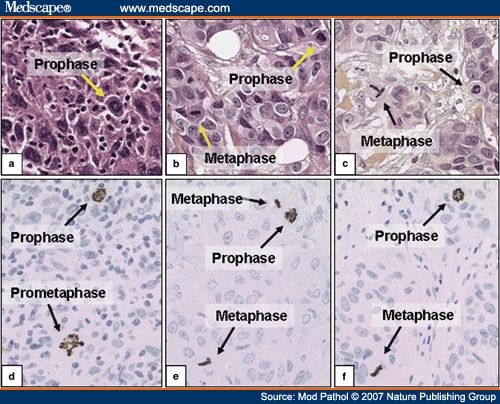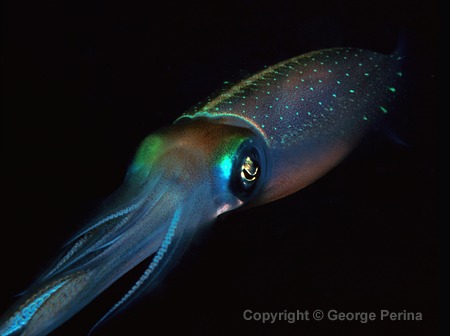
-At a pediatric vaccination center in Naples, Italy, mothers of infants scheduled for routine vaccinations were told how to measure and record infant temperature on the evening that the immunization was administered and for the next 3 days.
-On the third day after vaccination, mothers were phoned to determine the incidence of fever.
-Of 460 infants recruited, outcome data were available for 450 (98%). Fever was reported in 30 (25%) of exclusively breast-fed infants, in 48 (31%) of partially breast-fed infants, and in 94 (53%) of infants who were not breast-fed at all.
At the center in Naples, Italy, they have begun giving vaccines to breast fed babies to fight off potential sicknesses. But the vaccines now have a slight side affect, the babies might get a little fever. Once again the study results they got from the pediatric center is the 460 infants recruited, outcome data were available for 450 (98%). Fever was reported in 30 (25%) of exclusively breast-fed infants, in 48 (31%) of partially breast-fed infants, and in 94 (53%) of infants who were not breast-fed at all. At the medical center, one of the study authors said, "Breastfeeding seems to be associated with a reduced risk for fever after immunization, but additional, well organized studies are needed," the study authors conclude. "The design of such studies should include more objective research methods, such as measurements taken by health care professionals at the same time of the day or night, and should evaluate the role of mild intercurrent infections by medical monitoring." The vaccines that they were using at the pediatric center might have contained something that the doctors didn't know about, and maybe hat is why this happened.
By: Luarie Barclay
Title: Breast-Feeding Linked to Lower Incidence of Fever After Immunizations
Sources: Journal
Publication date: May 17, 2010
Date Accessed Info: May 20,2010
URL: http://www.medscape.com/viewarticle/722036







